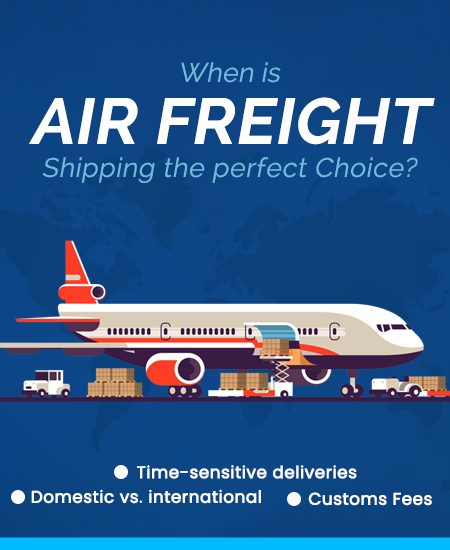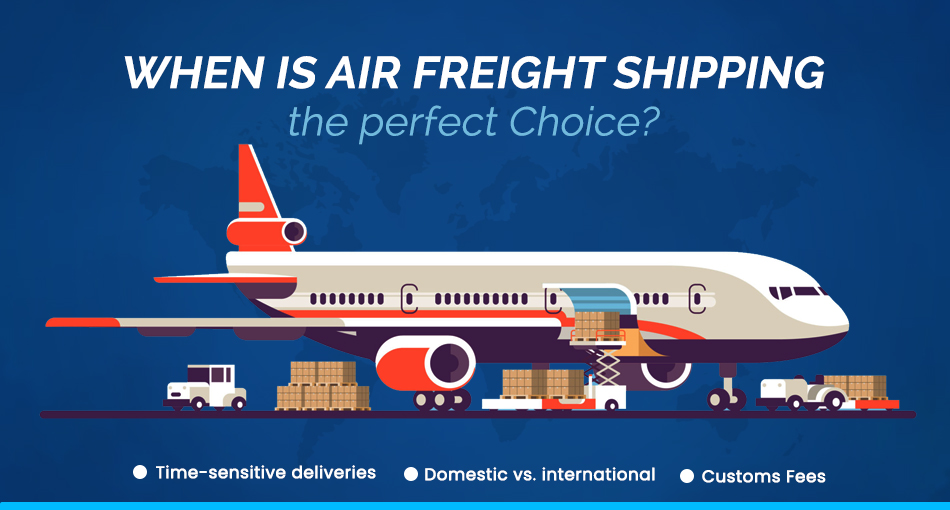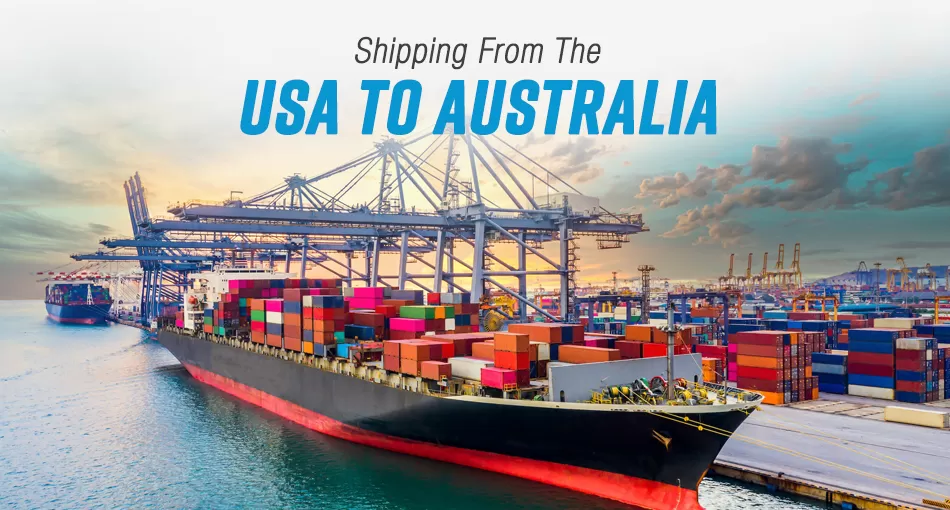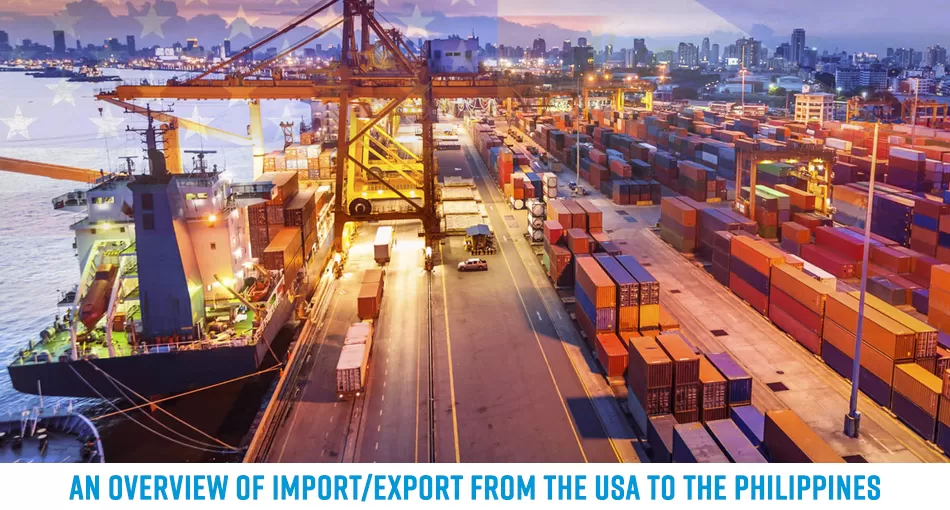When the cost of transportation is less than 15-20% of the value of the items, air freight shipping is the best option. Use this chargeable weight calculator to determine if your cargo will be charged by actual weight or dimensional weight for light shipments. Airfreight may be several times more expensive than transportation and 12-16 times more expensive than shipping by sea. Consider the benefits of collaborating with a forwarder like faster freight, which specializes in air consolidation and air freight forwarding. Regular, scheduled service to a desirable geographic area can result in significant cost savings for your air freight.
If your product is considered high-value or time-sensitive, such as new-to-market smartphones or trendy garments, the benefits listed above can be fully realized. Perishable cargo, such as seafood, fresh flowers, and other agricultural items, is frequently transported by air. If your manufacturing processes require just-in-time delivery, air freight may be the best option. International air freight is often used for the small-volume delivery of medications, printed materials, and industrial samples.
There’s a reason why air freight accounts for about 35% of global trade. So, when is it appropriate to employ air freight?
-
Time-sensitive deliveries.
It is absolutely feasible to receive the required parts in a timely manner by using air freight services. However, it is critical to ensure that the process is well controlled. Airfreight delivery necessitates the use of freight moving businesses or freight forwarders that can trace and handle shipments down to the mile. It may take longer if you don’t have this degree of precision, in which case you may wish you had picked a less expensive alternative.
-
When customs fees make a difference.
In actuality, the destination country’s customs and port fees can quickly raise prices. If you’re sending thousands of items, this won’t be a problem. However, for small volumes, the cost difference between sea and air shipping may be insignificant.
-
How does air freight logistics work?
The process is simple from pickup to delivery. Your logistics provider will schedule a pick-up at your warehouse or holding facility with a local carrier. The carrier will deliver the package to the airport, where it will be loaded into a plane after it has been loaded. Your carrier will arrange for pickup and delivery when the shipment arrives at the destination airport.
-
Domestic vs. international
Although the travel procedure for domestic and international air cargo shipping is similar, there are several key variations to be aware of. If you’re importing or exporting air cargo, you’ll need to complete extra paperwork and clear your things with Customs. The deadlines for tendering a shipment and the delivery choices are also different.
-
How are air freight rates calculated?
The rate is influenced by the kind of cargo, the carrier and aircraft you pick, and the chargeable weight of the item. The charged weight is the larger of the gross weight (including freight, packing, and pallet) or the volumetric weight. The volumetric weight of the air freight cargo is calculated by multiplying its dimensions (LxWxH) by a dimensional weight factor. The chargeable weight formula is used by air freight carriers because larger goods that weigh less take up more space than tiny, heavy items.
-
Air Freight in the USA.
In the year 2021, the commercial aircraft fleet of the United States had almost 850 cargo aircraft, and the domestic and foreign markets in the United States generated a combined total of over 43.8 billion cargo revenue tonne miles.
-
Cargo aircraft
Cargo aircraft are built particularly to transport freight. They are available in a variety of sizes, and the inside space is optimized to carry a wide range of cargo, from little pallets of items to large machinery. The Boeing 747-400, one of the largest jets, has a cargo capacity of 26,000 cubic feet. Because these planes do not transport humans, they are subject to fewer Transportation Security Administration (TSA) regulations, allowing them to transport hazardous goods (HAZMAT).
Feel free to talk to us about air cargo services, and supply chain management for your domestic and international shipping needs.





